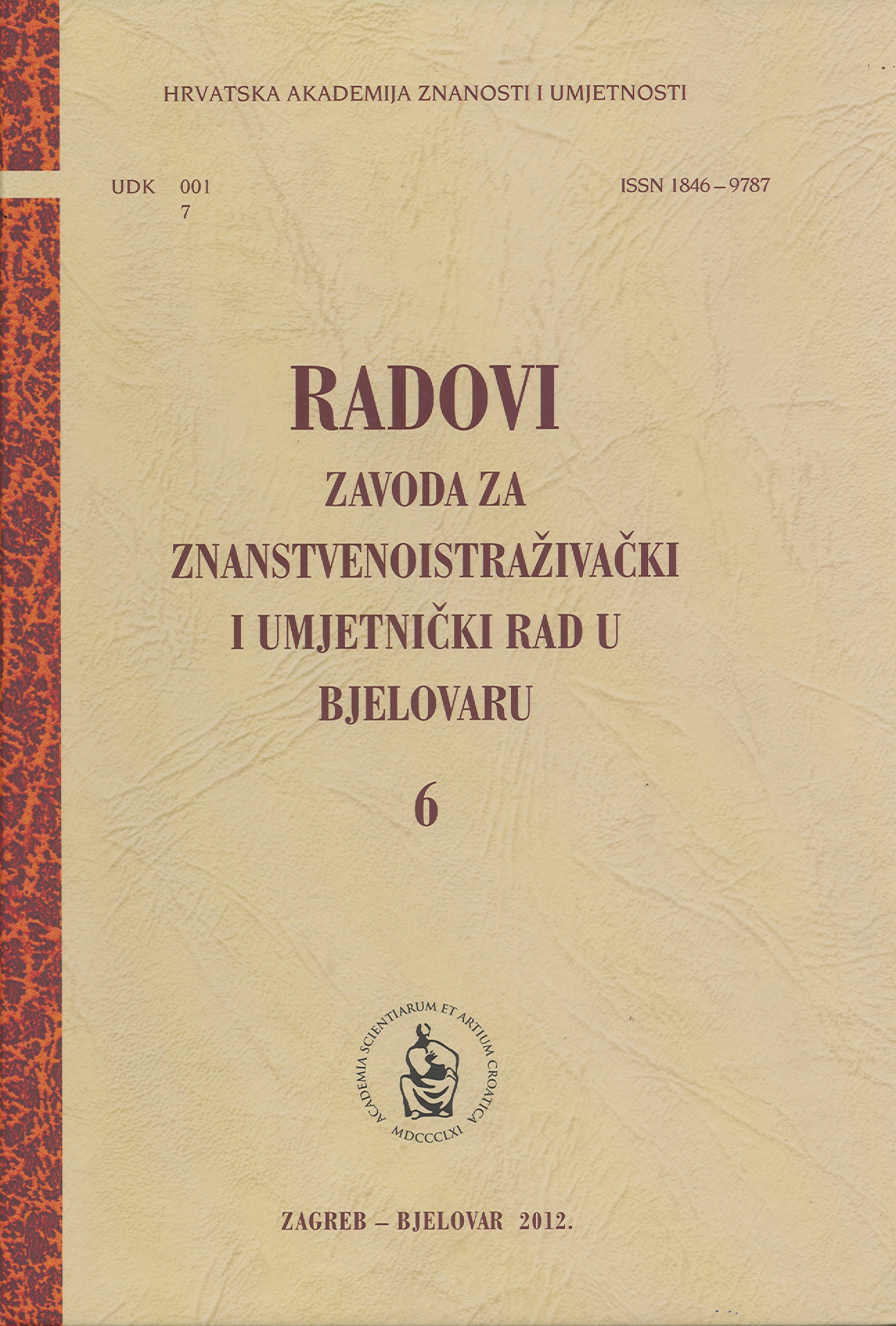On Quantitative Relationships Between Chemical Structure and Physico-Chemical Properties of Chemical Products. The Case Study: Bjelovar-Bilogora County
On Quantitative Relationships Between Chemical Structure and Physico-Chemical Properties of Chemical Products. The Case Study: Bjelovar-Bilogora County
Author(s): Rudolf KiraljSubject(s): Economy, Geography, Regional studies, Energy and Environmental Studies, Physical Geopgraphy
Published by: Hrvatska akademija znanosti i umjetnosti - Zavod za znanstvenoistraživački i umjetnički rad u Bjelovaru
Keywords: environment; Bjelovar-Bilogora County; organic pollutants; regression analysis; descriptors; structure-property relationship; validation;
Summary/Abstract: Even small areas as Bjelovar-Bilogora County (BBC) are affected by increasing local and regional pollution. A large variety of organic compounds exists in all parts of the atmosphere, waters and soil, accumulates in living organisms and on anthropogenic objects. This work investigates organic pollutants in BBC in relation to their spread, behavior and chemical properties, based on literature data in absence of experimental measurements. More than 230 organic pollutants were identified in BBC: simple compounds, benzene derivatives, polycyclic aromatic hydrocarbons, polychlorinated and other biphenyls, polychlorinated dibenzo-p-dioxins and dibenzofurans, halogenated alkanes and alkenes, diverse pesticides and antimicrobials. Geographic distribution of organic pollutants was investigated in relation to population density, agricultural activity, position of volatile organic compounds emitters, annual traffic data, and night sky brightness levels as light pollution. It is visible that towns and larger villages as well as main roads are emitters of various organic pollutants and smog generators, whilst typically rural regions are more characterized by pesticides pollution. Three examples for QSPR (Quantitative Structure-Property Relationship) are described and investigated in terms of their statistics (sign change problem) and chemical interpretability: 1) a partial least squares (PLS) regression model for boiling point of polycyclic aromatic hydrocarbons; 2) a multiple linear regression (MLR) model for micellar phase-water partition coefficient of diverse solutes; 3) a MLR model for bioconcentration factor of nonpolar organic compounds. Several samples in the models were already identified as existing pollutants in BBC. Models 2) and 3) failed in the sign check, for which explanations are given and remedies are proposed.
Journal: Radovi Zavoda za znanstvenoistraživački i umjetnički rad u Bjelovaru
- Issue Year: 2012
- Issue No: 6
- Page Range: 179-208
- Page Count: 30
- Language: English

